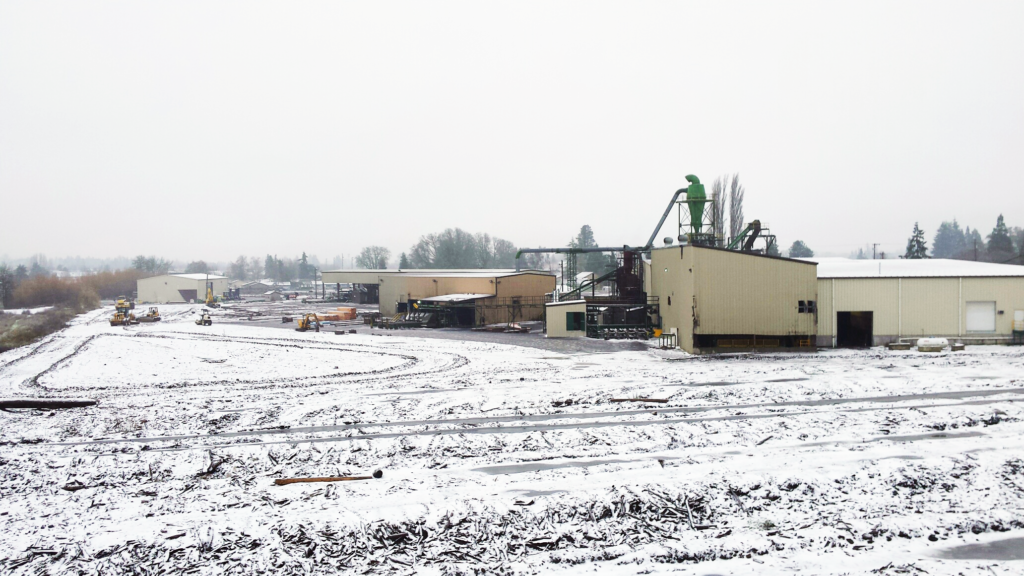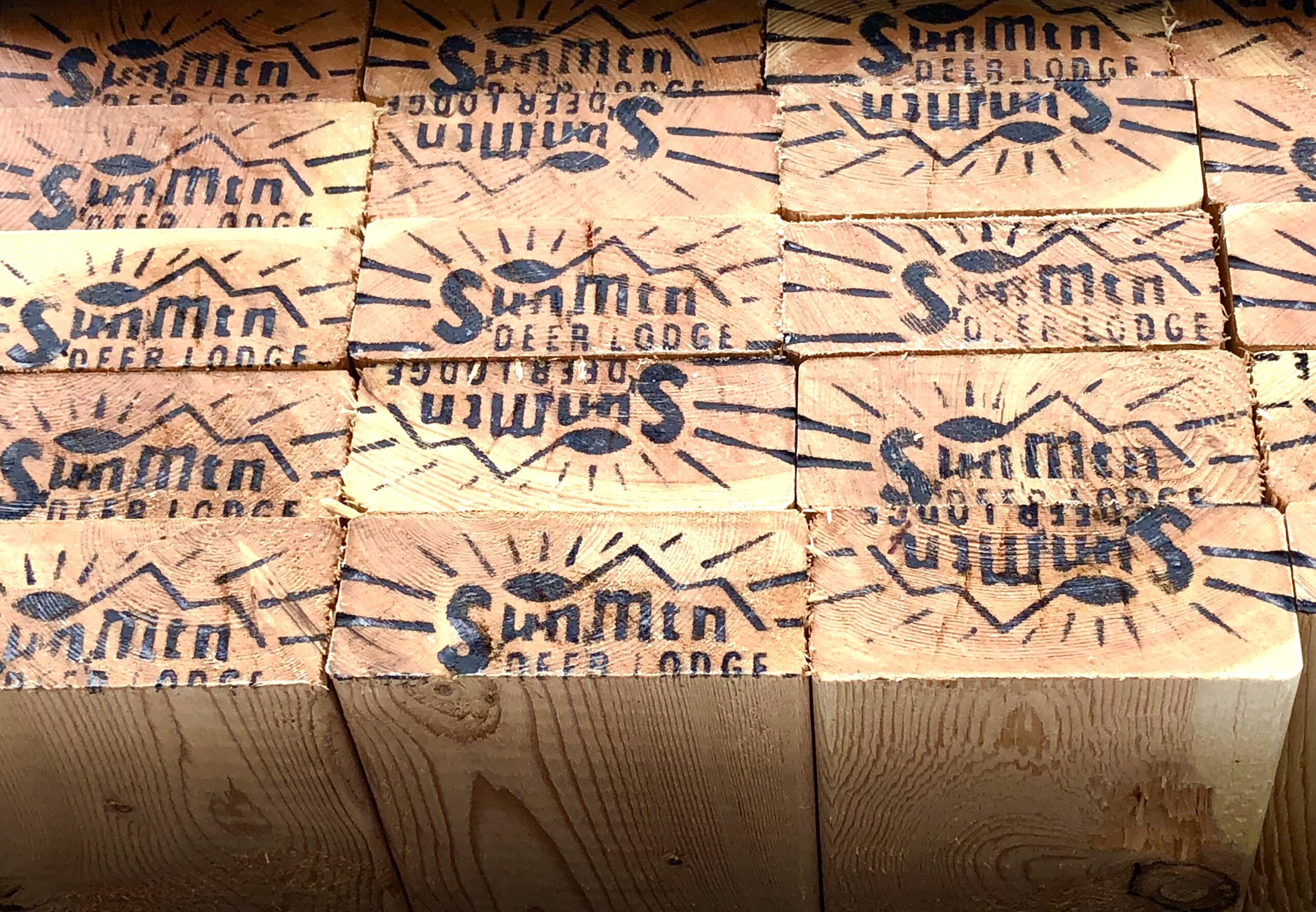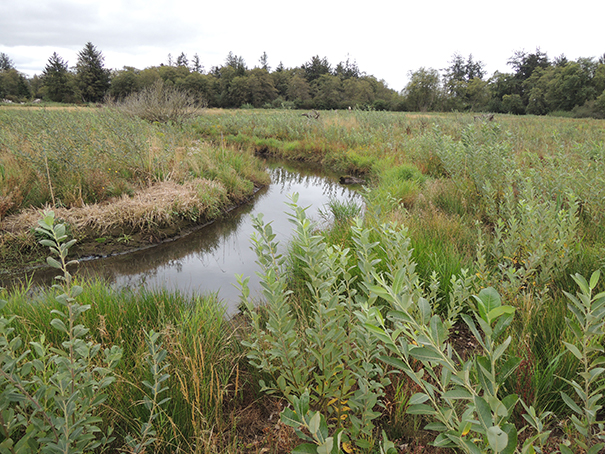Recently Hampton has been hosting tours for the Oregon Board of Forestry members on our Big Creek tree farm. We observed healthy ecosystems where trees are growing, water conditions are perfect for fish and public needs, and other wildlife habitat is being preserved or enhanced. This outstanding tree farm does not come without hard work and our dedicated forestry group, along with their trusted partner vendors, deserves the credit for this great example of stewardship of the land.
Our foresters are constantly reviewing, changing and updating the way we manage our stream beds for fish and wildlife habitat and improving our roads, culverts, and bridges to manage storm water runoff and enhance — not impede — forest ecosystems. Our reforestation efforts go year round and we typically plant 300,000 new trees annually on the Big Creek tree farm alone.
There is no crisis on private forestland despite what you may have been hearing from radical groups like “Clearcut Oregon,” who are attempting to bring attention to their fundraising efforts. Let’s look at the science, facts, and results; not the hysterical rants of the social media world. For those of us out on the land, we see the healthy private forests we manage versus the state’s forests that are limited from yielding a truly sustainable timber harvest by fringe groups using litigation and fear. Harvest levels from our State forests are only 60% of the new growth being added to the forests annually. We need higher harvest levels and our forests can sustain them without sacrificing environmental values. Oregon needs working forests to provide family-wage job opportunities and revenue to the counties with rural communities that depend on timber harvests to supplement social services, education, and community infrastructure.
State and federal forestlands are not being managed even close to their full potential. And I’m not talking about just timber harvest. I am talking about the delicate forest ecosystems that are being undermanaged or ignored and left to threat of destruction from fire, disease, and insects. As I drove east last week for an OFRI meeting, I couldn’t help but notice the dying towns of Oakridge, Mill City, and Paisley which are surrounded by forests with no economic activity. Therein lies the real crisis!
We are proud of the way we manage our private forests and happy to show our state decision-makers the results in hopes that they will recognize the need to manage our state forests in a similar fashion to sustainably balance economic and social needs with forests for future generations.
Steve Zika,
CEO, Hampton Lumber



